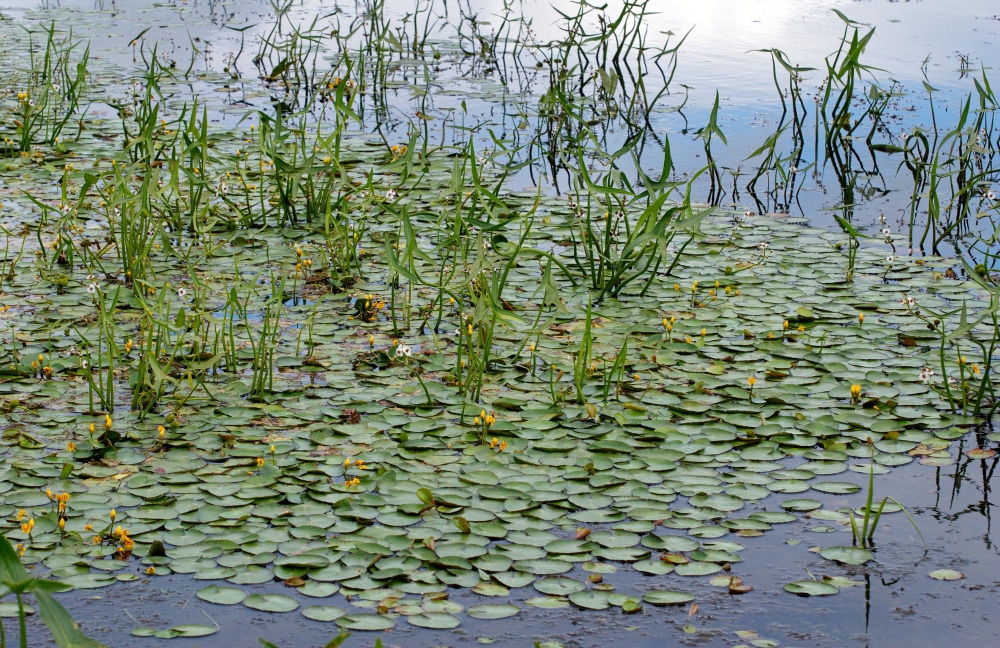Water is a necessary part of life, but too much water can be a nuisance. If you have stagnant water on your property, mosquitoes and other pests can be a breeding ground. It can also damage your property and create a hazardous environment.

How to Get Rid of Stagnant Water
Fortunately, you can take steps to get rid of stagnant water on your property. Let’s take a look at what you should do.
Clean Your Gutters
Cleaning your gutters is essential for preventing standing water from forming in areas around your house. To do this, use a ladder and a trowel to scoop out any leaves, twigs, or other debris that has built up in the gutters. If your rain gutters have been neglected for a long period and contain large amounts of debris. Use a pressure washer with an appropriate nozzle to remove it. Inspect them for any holes or cracks that allow water to seep. If you find any, use a sealant to repair them and keep water from entering your property again.
Regrade Your Property if Necessary
Stagnant water may form on your property due to improper grading or a decline in the ground level near your house. If you have noticed water pooling around specific areas of your property, you may need to regrade it to ensure proper. You can use a shovel or an edging tool to level the ground and redirect water away from your home. Additionally, you can create a drainage system using landscaping stones, pea gravel, pavers, or other materials to provide a path for water to flow away from problem areas.
Work with a Professional
If you are dealing with large amounts of stagnant water on your property, looking for a reputable company offering wastewater pumping services is important. These professionals can assess the issue and create an effective plan for getting rid of the standing water. When looking for a wastewater pumping service, check their reviews and ask for references from past clients. Additionally, please inquire about the tools and methods they use to ensure that your property receives proper treatment.
A professional is essential for preventing further damage before a solution is applied. Chilltown homeowners are always looking for the best services specializing in water mitigation New Jersey has to offer to make sure nothing else gets damaged after such disasters. Further, this process requires specialized equipment, and the professionals are trained to use them safely.
Plant Trees Around Your Home
Trees are a great way to help dry out stagnant water on your property. Their roots absorb water, which helps keep the surface from getting too saturated. Additionally, their leaves and branches provide shade, reducing evaporation rates and slowing down the rate at which standing water is lost through evaporation. If you are interested in planting trees around your home, choose ones that suit your climate and soil conditions. Ensure you plant them far away from foundations or electrical lines so they won’t cause any damage when their roots grow.
Install a French Drain
A French drain is made up of a trench lined with layers of gravel and fabric which encourages excess water to move through the soil and away from your property rather than build up around it. Not only will this help get rid of standing water, but it can also help promote healthier garden growth. Installing a French drain is easy, and plenty of online resources are available with detailed instructions for you to follow step by step. Installing a French drain system can help avoid costly water damage to your home and property.
There are several ways to get rid of stagnant water on your property for water damage restoration. From cleaning gutters regularly, planting trees, working with professionals, and installing a French drain, you can find the best solution for keeping your home free from dangerous standing water.

